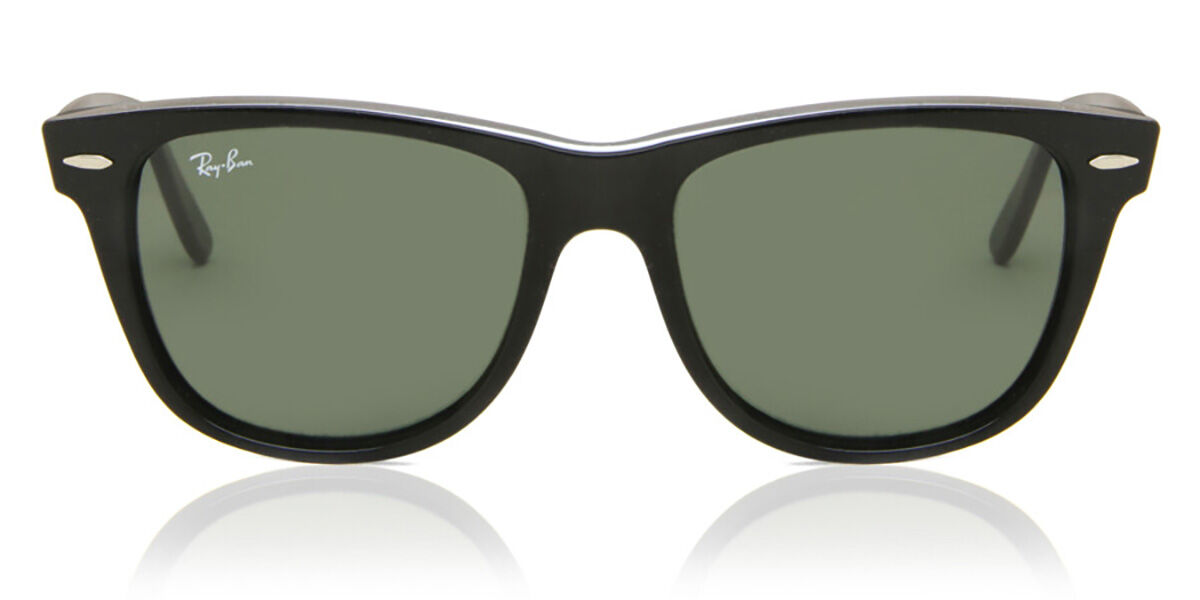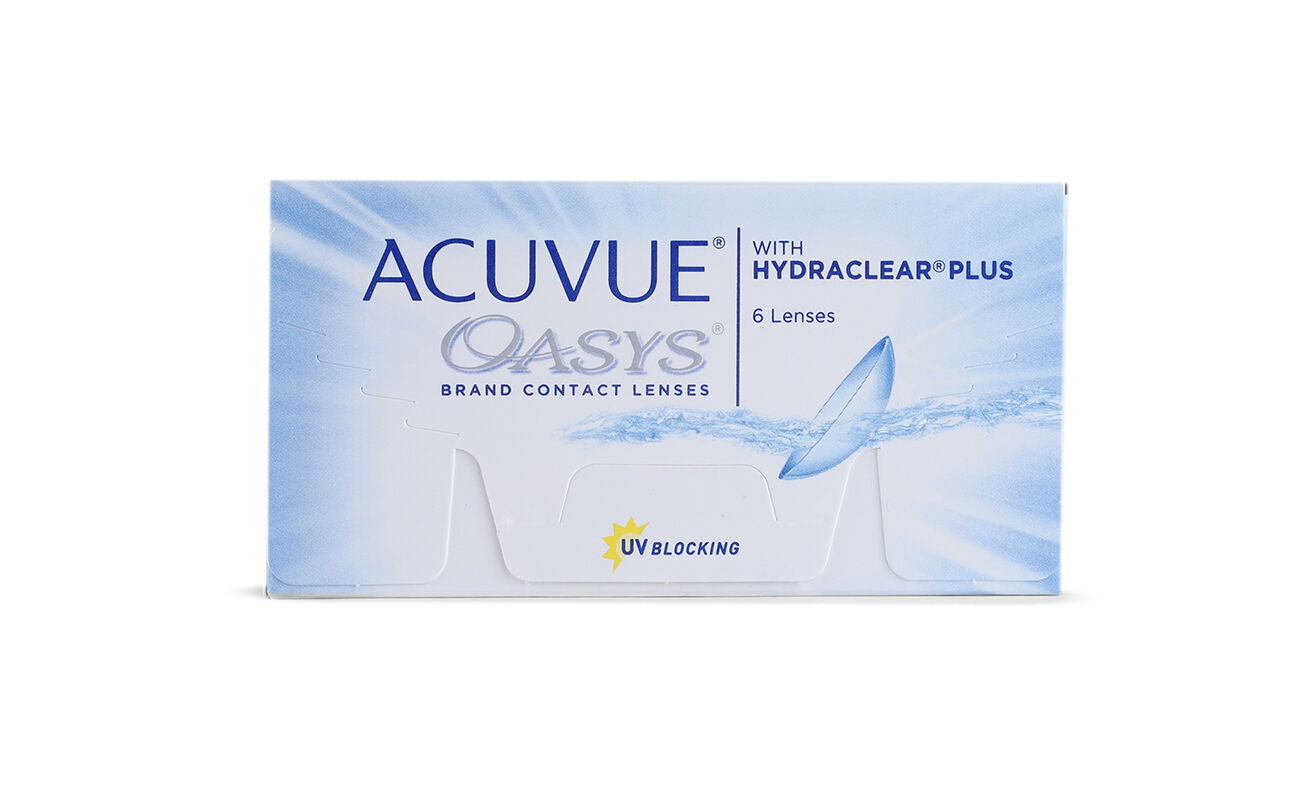Myopia Myopia – Also known as nearsightedness, a vision condition where close objects are seen clearly, but distant objects appear blurred. Myopia occurs when light focuses in front of the retina instead of directly on it, usually because the eyeball is too long. Glasses or contact lenses with negative diopter values (minus lenses) are used …
Category Archives: Glossary
Macular degeneration
Macular degeneration Macular degeneration – Age-related Macular degeneration is a condition that affects the macula, the central part of the retina responsible for sharp, detailed vision. Macular degeneration leads to the gradual loss of central vision, making it difficult to read, recognise faces, or see fine details. While there’s no cure, treatments can slow its …
Hyperopia
Hyperopia Hyperopia – Also known as farsightedness, a common vision condition where distant objects are seen more clearly than those that are close. Hyperopia occurs when light entering the eye focuses behind the retina rather than directly on it. Corrective lenses with positive diopter values (plus lenses) are typically prescribed to help focus light correctly …
Hydrophobic glasses
Hydrophobic glasses Hydrophobic glasses – Lenses treated with a hydrophobic coating that repels water, preventing droplets from sticking to the surface. This makes the lenses easier to clean and keeps them clear in rainy or humid conditions, improving visibility and comfort for the wearer.
Ocular hypertension
Ocular hypertension Ocular hypertension – A condition characterised by higher-than-normal pressure inside the eye, which can increase the risk of developing glaucoma. Unlike glaucoma, ocular hypertension does not cause damage to the optic nerve or vision loss by itself but requires monitoring and management to prevent potential complications.
Nose pads
Nose pads Nose pads – Small, soft pads attached to the glasses frame where they rest on the sides of the nose. Nose pads provide comfort and help keep the glasses in place, preventing them from slipping down the nose. They are usually adjustable and can be made from materials like silicone or rubber for …
Glasses temples
Glasses temples Glasses temples – The arms of the glasses frame that extend over your ears and hold the glasses securely on your face. Temples come in various styles and lengths to ensure a comfortable and stable fit, which is essential for wearing glasses throughout the day.
Glasses insurance
Glasses insurance Note: Vision insurance in Canada is also known as vision care. Glasses insurance – An insurance policy that covers costs associated with the repair or replacement of your glasses due to accidental damage, loss, or theft. Glasses insurance provides peace of mind, protecting your investment in high-quality eyewear by covering unexpected expenses. It …
Glasses hinges
Glasses hinges Glasses hinges – The small joints connecting the frame front to the temples (arms) of the glasses. They allow the glasses to fold and unfold. High-quality hinges contribute to the durability and comfort of your glasses, making them more resilient to wear and tear.
Glasses cylinder
Glasses cylinder Glasses cylinder – The cylinder (CYL) value indicates the amount of lens power needed to correct the uneven curvature of the cornea. The CYL power can be written in + or – Cyl. The CYL power will always have an axis direction. This value is combined with the axis to properly align the …








































